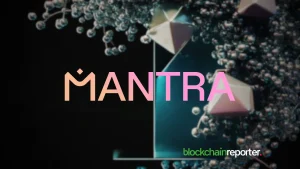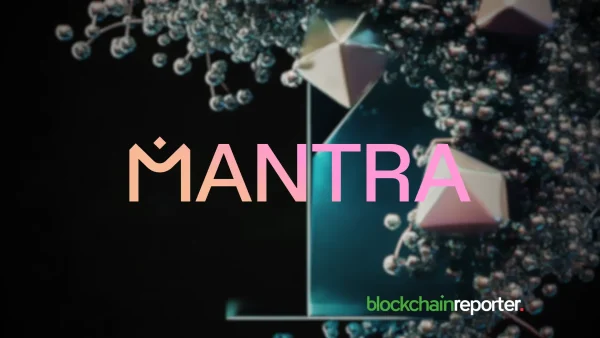
Ethereum’s journey from Proof of Work (PoW) to Proof of Stake (PoS) has been marked by debates and pivotal decisions, especially concerning the network’s decentralization and energy consumption. Recently, Ethereum co-founder Vitalik Buterin engaged in discussions regarding some community members’ nostalgia for the PoW system.
Buterin addressed these sentiments on the social media platform X, highlighting misconceptions about the centralization of PoW and its intended temporary role in Ethereum’s development.
Buterin’s response to proponents of PoW sheds light on a less-discussed aspect of the consensus mechanism—its centralization. He pointed out that PoW centralization was widely acknowledged within the core development team but wasn’t heavily publicized as the transition to PoS was always viewed as the eventual goal.
By illustrating this with a pie chart of Ethereum PoW mining pools, he showed significant concentration in entities like SparkPool, which controlled a large portion of the network’s mining power. This centralization contradicted the decentralized ethos Ethereum aims to uphold.
Understanding Ethereum’s Consensus Transition
The shift from PoW to PoS was not merely a technical update but a fundamental change to how Ethereum processes transactions and secures its network. Under PoW, miners used powerful computers to solve complex mathematical problems, thereby validating transactions and creating new blocks. This method, while secure, was incredibly energy-intensive.
The transition to PoS, culminated in September 2022 with an event known as “The Merge,” was heralded for reducing Ethereum’s energy consumption by an astonishing 99.5%.
In a PoS system, validators stake their own Ethereum (ETH) tokens as collateral to vouch for the accuracy of the blocks they add to the blockchain. This method not only slashes energy usage but also aims to enhance security and scalability by aligning validators’ financial incentives with the network’s health and integrity.
Buterin’s emphasis on PoS was part of a broader vision to create a more sustainable and efficient blockchain infrastructure, addressing the environmental concerns associated with traditional PoW systems.
As Ethereum continues to evolve, the community’s understanding and acceptance of PoS are crucial. The transition has set a precedent in the blockchain community, highlighting the potential for existing networks to adopt more energy-efficient and scalable consensus mechanisms.
Buterin’s recent discussions serve as a reminder of the deliberate, strategic planning behind Ethereum’s technological advancements and the ongoing effort to balance innovation with the foundational principles of decentralization and security.








